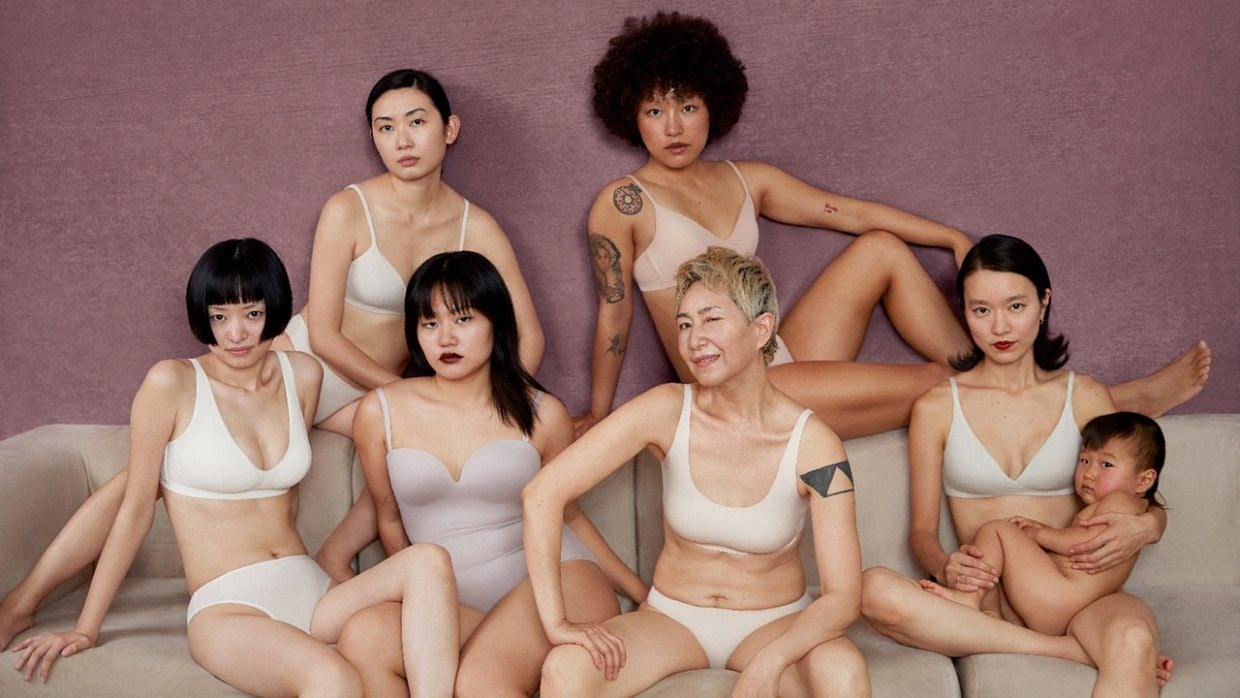The hashtag #TestIfYouCanRockTheBMStyle, along with a picture named “BM Girls’ Ideal Weight Chart,” have taken the Chinese Internet by storm, even sparking controversy on Facebook. “BM” is short for Brandy Melville, an Italian clothing brand targeting teenage girls and young women. The look — consisting of crop tops, tank tops and skirts — was popularized in Western media during the early 2000s, for example, by Lindsey Lohan and was featured in the Mean Girls movie. Now K-pop stars and Chinese celebrities alike are raising its body awareness among Chinese youngsters.
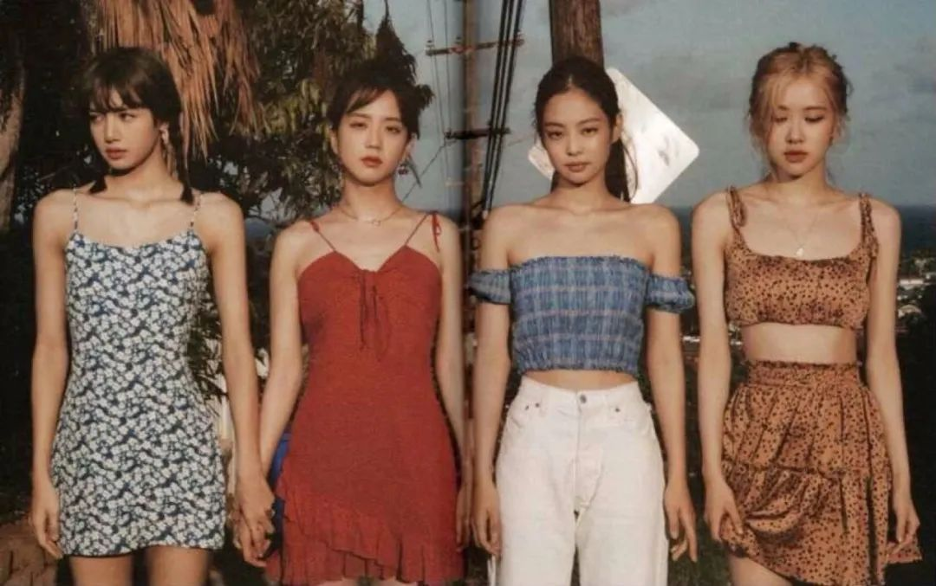
What the endorsements from Asian celebrities such as Jennie from Blackpink and Ouyang Nana, alongside Brandy Melville’s Instagram models, and the chart in question, all have in common is promoting a skinny aesthetic that works for the only size the brand offers — which is a small. In China, mainstream society holds the belief that wearers should be underweight to wear the BM look, and this body ideal poses a challenge for average women to pursue.
Chinese Gen Zers are divided on the topic. One side upholds this aesthetic as the ultimate fashion statement, while the other condemns the BM standard as “body shaming.” Arguably the first generation with an excess of globalized information and values, these Gen Zers are increasingly socially aware. Understanding this newer generation can help brands wish to attract the younger demographic, especially when Brands need to carefully balance culturally-specific beauty standards with changing social values.
Gen Zs, Social Media, and the “Face-forward Society”#
Historically, China’s beauty standards for women have always been “pale,” “young,” and “thin.” It’s not a surprise that this racially homogenous country — 95% people are ethnically Han — has a narrow aesthetic caliber. This paragon has only been amplified by the rise of social media. According to a 2015 report, China’s youngsters own on average 30 beauty apps on their smartphones and spend roughly 3,276 minutes on selfies per year, excluding post-editing time.
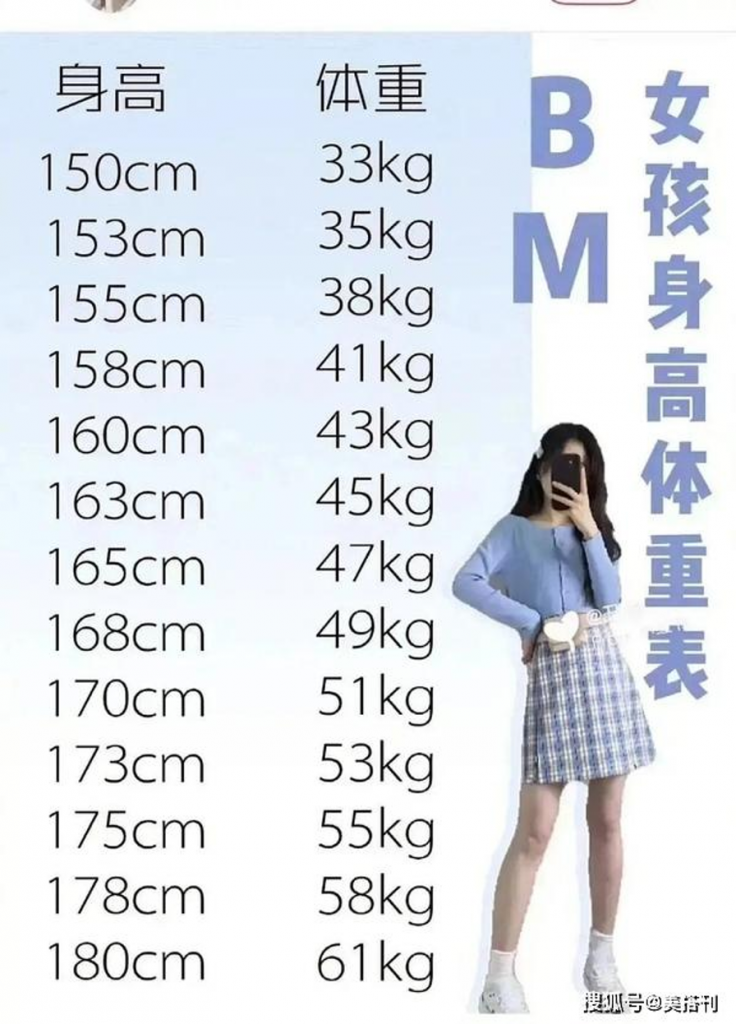
As a result, social media has become the feeding ground for beauty trends.In an interview with Jing Daily, Sakura Luo, a college student based in Beijing said: “If you’re just looking at how people dress on the streets, BM wasn’t that commonly seen until Douyin made it big, and the chart went viral on Little Red Book. Suddenly everyone had a new excuse to be skinny.”
The pursuit of beauty as a societal phenomenon is not new, but the cause and effect is still relevant. As the author of Young China, Zak Dychtwald said the BM trend has surfaced a conversation around narrow Chinese beauty standards that has been simmering under the surface for years: “This is the 2020 version of the “pale, rich and pretty”(白富美)conversation that originated among the older Millennials.”
In this book, Dychtwald explained the popular Chinese phrase “face-forward generation,” (靠脸社会)means that beauty is the key to succeeding in society; moreover, in the past few years, four or more hours a day on social media sharing selfies has made a whole generation far more beauty conscious.
Things are Changing — in Little Ways#
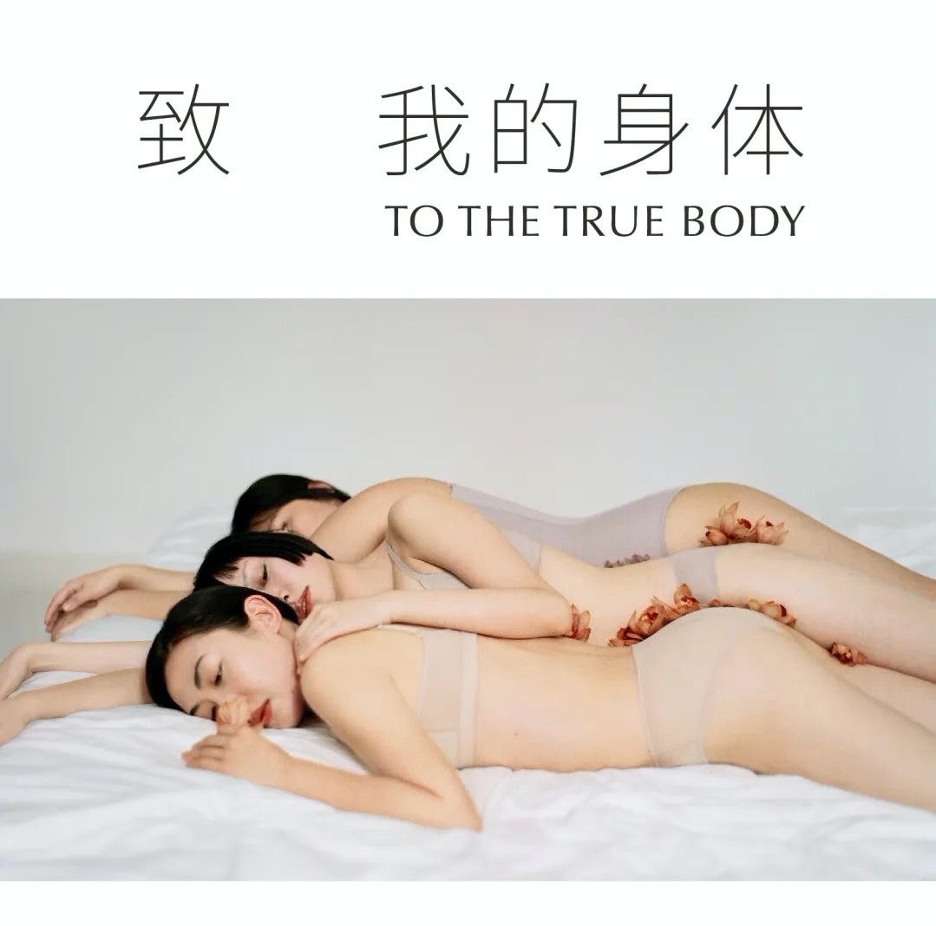
Influenced by shifting western ideologies that are now becoming more inclusive, body positivity has sparked an open discussion in China. As Jing Daily previously reported, some Chinese brands are helping to address the issue. Chinese lingerie brand NEIWAI released a social media campaign, No Body is Nobody, ahead of International Women’s Day this year. A 14-minute documentary featured six women representing familiar negative female stereotypes. This comprehensive marketing approach was positively reciprocated with 1,130k views and many comments since its release.
On Gen-Z focused social media platforms, there has been a demand for diversifying the sizing for female clothing. Lauren Hallanan, founder of China Marketing Insights, pointed out that there is a segment of females seeking fashion and beauty advice. “Recently on Xiaohongshu, I was scrolling through hot search terms and three of the top subcategories were related to styling tips for plus-sized fashion(夏季穿搭胖女孩,夏季穿搭微胖,夏季穿搭胖妹妹), so I think there is an opportunity for brands in this regard,” Hallanan explained.
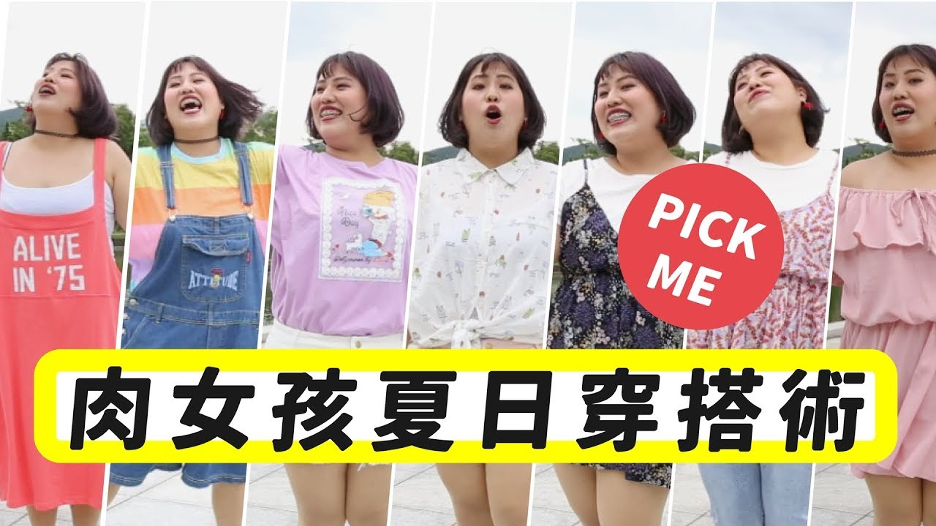
Forward-thinking campaigns are still very early in the process, especially considering the Chinese beauty obsession has been a safe bet and profitable for a very long time. “Young people’s increasing vanity in China has been well documented, mostly as a good thing in big consultancy reports...Just look at how many cosmetic medical companies have begun to boom in the last two to three years especially,” Zak added.
China’s Gen Zers, totaling roughly 0.7 billion, are a diverse demographic who embody a multiplicity of thought. Lauren believes that brands need to work harder to understand Chinese consumers than ever before. “I don’t think that marketing to Gen Zers is easier. In fact I think it is the opposite. They are more knowledgeable, and more skeptical, than previous generations, and they are less likely to buy a product just because it is made by a foreign brand.”
Subsequently, for brands wishing to break into this market, there is hardly a clear conclusion as to what strategies will be most successful. Zak advises clients to “treat the Chinese market as you would the American market”, whose ‘cancel culture’ has been even tougher than China on brands, and to “test, test, test your messaging.” Lauren agrees, suggesting working with a Chinese team can help present the message in a way that resonates with local consumers. While these are wise guidelines, the intricacies of Chinese culture on beauty ideals have yet to fully play out. We can only wait and see how much of a dealbreaker social awareness will be among Gen Zers.
